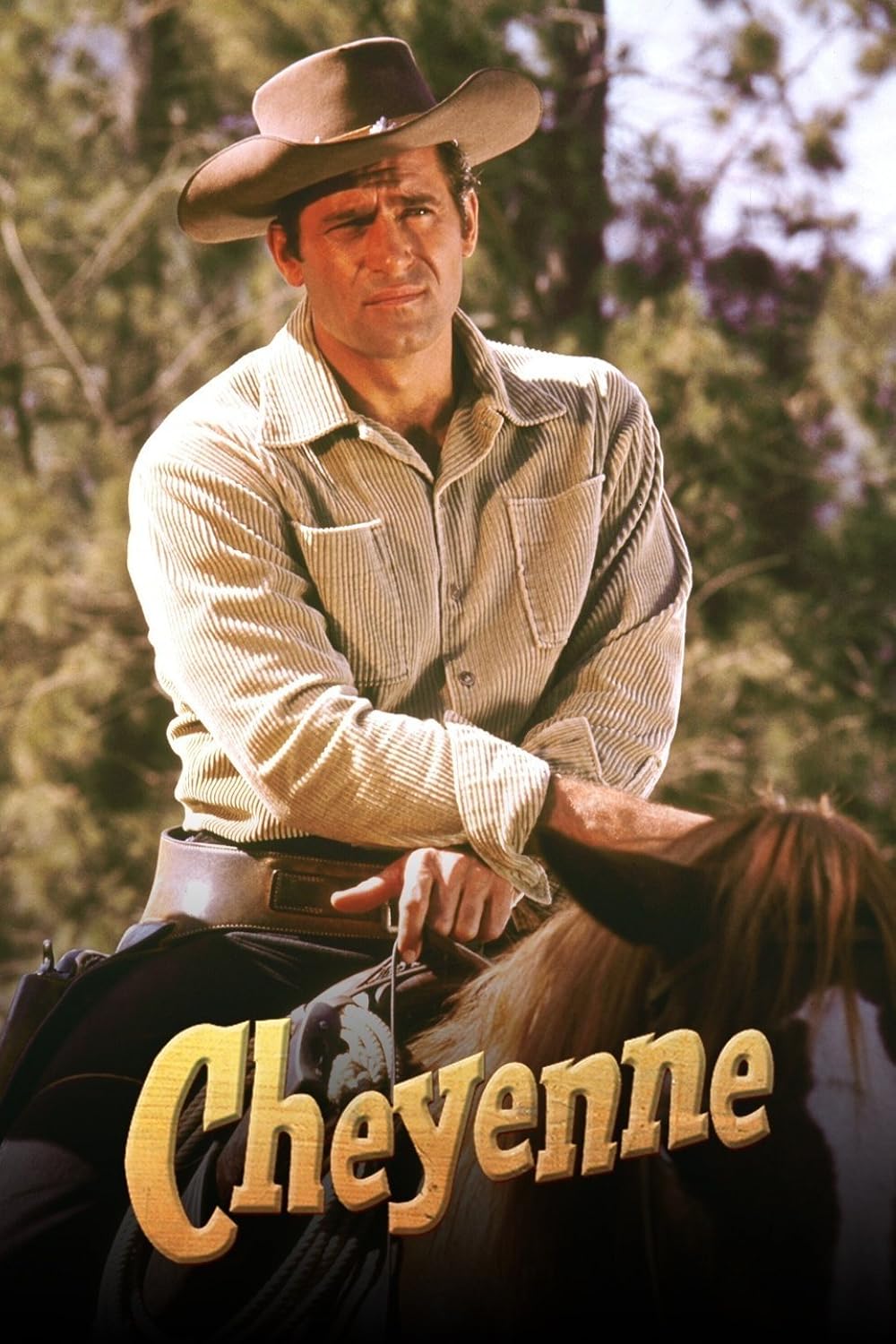
Tracing the Footprints: The Expansive Historical Lands of the Cheyenne Nation
The story of the Cheyenne people is etched across the vast, sweeping vistas of the North American Great Plains – a narrative of migration, adaptation, cultural flourishing, fierce resistance, and enduring resilience. To understand the Cheyenne is to understand their historical lands, a dynamic and expansive territory that served not merely as a dwelling place but as the very crucible of their identity, spirituality, and way of life. For any traveler or history enthusiast seeking to delve beyond surface-level narratives, an exploration of the Cheyenne’s ancestral map is an essential journey into the heart of a powerful and profound Indigenous nation.
From Woodlands to Plains: The Genesis of a Nomadic Empire
The earliest chapters of Cheyenne history begin far to the east of their iconic Plains homeland. Linguistic evidence places their origins within the Algonquian family, suggesting a connection to groups around the Great Lakes region, specifically in present-day Minnesota and North Dakota. In these formative centuries, the Cheyenne were a semi-sedentary people, engaging in limited agriculture, pottery-making, and hunting in the woodlands and along river valleys. Their existence was tied to the rhythm of the seasons, a life distinct from the thunderous buffalo hunts that would later define them.

However, pressures from encroaching Ojibwe and Dakota (Sioux) tribes, coupled with the irresistible allure of the vast buffalo herds and the revolutionary introduction of the horse, catalyzed a monumental migration westward. This pivotal journey, spanning roughly from the late 17th to the mid-18th centuries, transformed the Cheyenne forever. As they moved into the Missouri River Valley and then further onto the high plains, they shed their agrarian past, embracing the horse as an extension of themselves and the buffalo as the ultimate provider. This shift was not merely geographical; it was a profound cultural metamorphosis, forging the identity of the Cheyenne as one of the quintessential Plains tribes.
The Golden Age of the Plains: A Vast and Sacred Domain
By the early to mid-19th century, the Cheyenne had reached the zenith of their power and territorial influence. Their historical lands, often depicted on maps as a broad, undulating swath, stretched from the Platte River in the north down to the Arkansas River in the south, and from the foothills of the Rocky Mountains in the west across to the Missouri River tributaries in the east. This immense territory encompassed parts of modern-day Wyoming, Montana, Nebraska, Kansas, Colorado, and Oklahoma.
Within this expansive domain, life revolved around the buffalo. The grasslands teemed with millions of these majestic animals, providing not just food, but hides for teepees and clothing, bones for tools, and sinew for thread. The Cheyenne perfected the art of the communal buffalo hunt, a testament to their organizational skills and mastery of horsemanship. Their conical teepees, easily dismantled and erected, allowed for constant movement, following the herds and the changing seasons.
This period saw the flourishing of Cheyenne culture, characterized by complex social structures, including powerful warrior societies (such as the Dog Soldiers, Fox, Elk, and Bowstring societies), a revered council of forty-four chiefs, and intricate spiritual practices. The Sun Dance, a central ceremony, brought communities together for prayer, sacrifice, and renewal, reinforcing their connection to the Great Spirit and the land itself. Sacred sites dotted their territory, none more significant than the Black Hills (shared with their allies, the Lakota) and Bear Butte, places of profound spiritual power and vision quests.
It was during this time that the Cheyenne began to naturally divide into two primary groups: the Northern Cheyenne and the Southern Cheyenne. While culturally unified, the Northern Cheyenne tended to range further north, maintaining a strong presence around the Powder River country and the Yellowstone River, often in close alliance with the Lakota and Arapaho. The Southern Cheyenne, conversely, frequented the Arkansas River and Republican River valleys, often interacting with the Comanche, Kiowa, and Apache. This division, born of practical necessity to cover their vast hunting grounds, would later have profound implications for their experiences with westward expansion.
The Shifting Sands: Treaties and Encroachment
The mid-19th century marked a tragic turning point. The westward surge of Euro-American settlers, driven by Manifest Destiny, the California Gold Rush, and the promise of land, brought an irreversible tide of change to the Cheyenne’s world. Wagon trains carved routes through their hunting grounds, railroads threatened the buffalo, and miners invaded sacred territories.

The United States government, seeking to manage the growing conflicts and secure routes for settlers, initiated a series of treaties. The Fort Laramie Treaty of 1851 was a landmark agreement, ostensibly defining the territories of various Plains tribes, including the Cheyenne. While this treaty acknowledged a vast Cheyenne territory, it was often violated by settlers and proved to be merely a temporary measure. The government’s understanding of land ownership and tribal sovereignty starkly contrasted with the Indigenous perspective, where land was not something to be bought and sold, but a living entity to be respected and shared.
As the pressures intensified, subsequent treaties dramatically reduced Cheyenne lands. The Fort Wise Treaty of 1861, for instance, forced the Southern Cheyenne and Arapaho onto a fraction of their former territory in eastern Colorado, a tract so small and unproductive that it could not sustain their traditional way of life. This drastic reduction of their land base was not only an economic disaster but a profound spiritual wound, severing their connection to ancestral hunting grounds and sacred sites. These forced concessions and the continuous encroachment on their remaining lands inevitably led to escalating tensions and, ultimately, war.
The Era of Conflict and Loss: Blood on the Prairie
The period from the 1860s to the 1870s is a brutal chapter in Cheyenne history, marked by a desperate struggle to retain their lands, their culture, and their very existence. The Sand Creek Massacre of November 29, 1864, stands as one of the most infamous atrocities of the Indian Wars. Under a white flag of truce and the protection of a U.S. Army fort, a peaceful camp of Southern Cheyenne and Arapaho, led by Chief Black Kettle, was attacked by Colonel John Chivington’s Colorado Volunteers. Hundreds of unarmed men, women, and children were brutally murdered and mutilated. This unprovoked act of barbarism shattered any remaining trust the Cheyenne had in the U.S. government and ignited a fierce retaliatory war across the Plains.
The Cheyenne became central figures in the ensuing conflicts. They joined forces with their Lakota and Arapaho allies in battles such as Red Cloud’s War (1866-1868), successfully resisting military efforts to build forts along the Bozeman Trail, which cut through their prime hunting grounds. They played a significant role in the Battle of Little Bighorn in 1876, where Northern Cheyenne warriors, fighting alongside the Lakota, famously annihilated Custer’s 7th Cavalry, a temporary but powerful victory in their struggle for self-preservation.
Yet, the tide of Manifest Destiny was relentless. The decimation of the buffalo herds, a deliberate strategy by the U.S. government to undermine Plains tribes, coupled with overwhelming military force, gradually broke their resistance. The forced removal of the Southern Cheyenne to Indian Territory (present-day Oklahoma) in 1869-70, and the relentless pursuit of the Northern Cheyenne, marked the end of their free-roaming nomadic life.

One of the most poignant examples of Cheyenne resilience in this era is Dull Knife’s Raid (1878-79). Refusing to languish in the malaria-ridden, barren lands of their forced Oklahoma reservation, a band of Northern Cheyenne, led by chiefs Dull Knife and Little Wolf, undertook a desperate 1,500-mile journey back to their ancestral lands in Montana. This epic, harrowing march, often pursued by the U.S. Army, saw unimaginable suffering and loss, but ultimately resulted in the establishment of a permanent Northern Cheyenne reservation in their beloved homeland, a testament to their unwavering connection to the land.
Resilience and Rebirth: The Reservation Era and Beyond
The late 19th and early 20th centuries ushered in the reservation era, a period of immense hardship, cultural suppression, and economic struggle for the Cheyenne. The Northern Cheyenne were eventually granted a reservation in southeastern Montana, while the Southern Cheyenne, along with the Southern Arapaho, were settled on a reservation in western Oklahoma.
Life on the reservations was a stark departure from their historical existence. The vast hunting grounds were gone, replaced by small allotments of land. The buffalo were gone, replaced by cattle and limited agriculture. Traditional governance structures were undermined, and children were sent to boarding schools where their language and culture were systematically suppressed. Poverty, disease, and despair were rampant.
However, the Cheyenne spirit, deeply intertwined with the land, proved indomitable. Despite immense pressure, they preserved their language, their sacred ceremonies, their stories, and their warrior traditions. Elders quietly taught the young, ensuring that the knowledge of their ancestors and the deep connection to their historical lands would not be forgotten.
Today, the Cheyenne nation continues its journey of resilience and revitalization. Both the Northern Cheyenne Tribe of Montana and the Cheyenne and Arapaho Tribes of Oklahoma are sovereign nations, actively engaged in self-determination, economic development, and cultural preservation. They are working to reclaim their linguistic heritage, revive traditional arts, and educate future generations about their rich history.
While the physical boundaries of their historical lands have drastically shrunk, the spiritual and cultural landscape remains immense. The memory of the vast plains, the thunder of the buffalo, the sacred mountains, and the winding rivers lives on in their oral traditions, their songs, and their collective identity.
Conclusion: A Legacy Etched in Landscape
The historical lands of the Cheyenne are more than just geographical markers on an old map; they are the living embodiment of a people’s journey. From their eastward origins to their mastery of the Great Plains, through the brutal conflicts and the profound losses, and into their enduring presence today, the land has been the ultimate canvas upon which their identity, spirituality, and resilience have been painted.
For those who travel through the heartland of America, particularly across the vast expanses of the Great Plains, understanding the Cheyenne’s historical map offers a profound lens through which to view the landscape. It’s a reminder that beneath the modern roads and towns lie layers of history, sacred sites, and the indomitable spirit of a people who once roamed these lands freely. To acknowledge this history is not just an act of education; it is an act of respect, recognizing the deep and unbreakable bond between the Cheyenne nation and the lands that forged them. Their story is a powerful testament to the enduring human spirit and the sacred, irreplaceable connection between people and their ancestral home.

